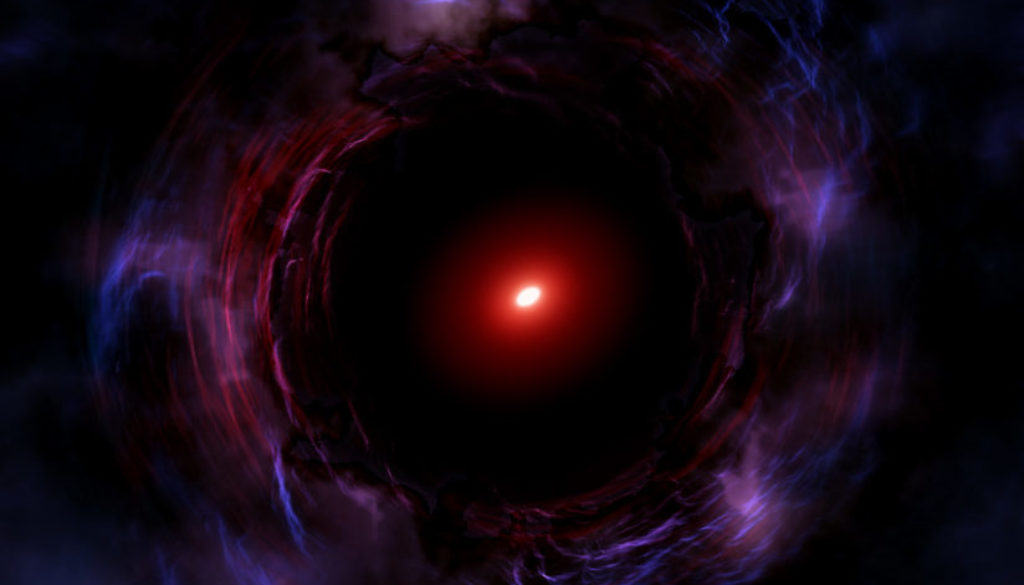Astronomers Discover Earliest Ancient Dead Galaxy, Giving Pause to Modern Galaxy Evolution Theories
COLLEGE STATION —
An international team of astronomers including two from Texas A&M University has, for the first time, spotted a massive, inactive galaxy from a time when the Universe was only 1.65 billion years old.
Astronomers expect most galaxies from this epoch to be low-mass minnows, busily forming stars. However, this galaxy is “a monster” and inactive, according to Professor Karl Glazebrook, director of the Center for Astrophysics and Supercomputing at Swinburne University of Technology.
Glazebrook led the research team that found the massive galaxy, known as ZF-COSMOS-20115. Critical to this discovery were the observations taken by Texas A&M astronomer Dr. Kim-Vy Tran, a member of the George P. and Cynthia Woods Mitchell Institute for Fundamental Physics and Astronomy and a co-author of the team’s paper, and Glazebrook using telescopes at the W.M. Keck Observatory in Hawaii.

Dr. Kim-Vy Tran 
Dr. Casey Papovich
The post Astronomers Discover Earliest Ancient Dead Galaxy, Giving Pause to Modern Galaxy Evolution Theories appeared first on College of Science.


